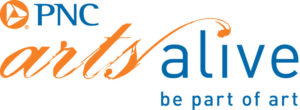Sidewalk Chalk
Looking for some outdoor fun? Learn to create sidewalk chalk at home in just four simple steps! Once the sidewalk chalk is ready, decorate your neighborhood sidewalks by experimenting with the watercolor and oil pastel drawing techniques shown at the end of the tutorial!
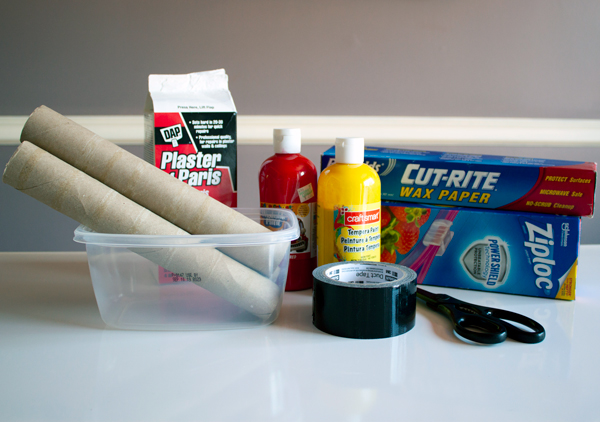
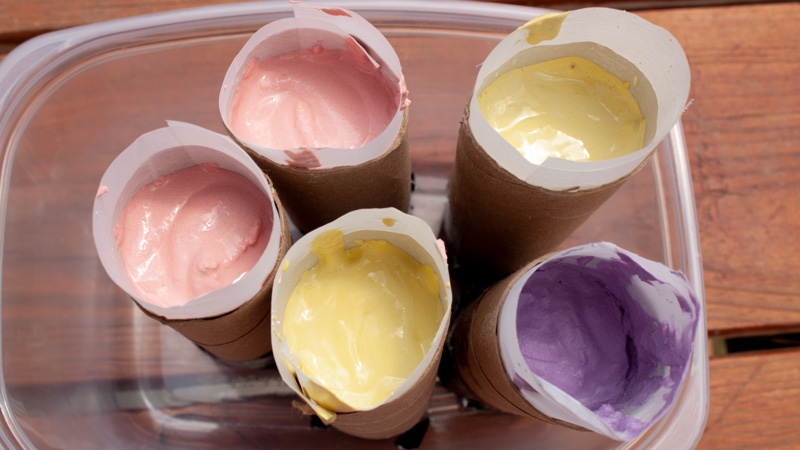
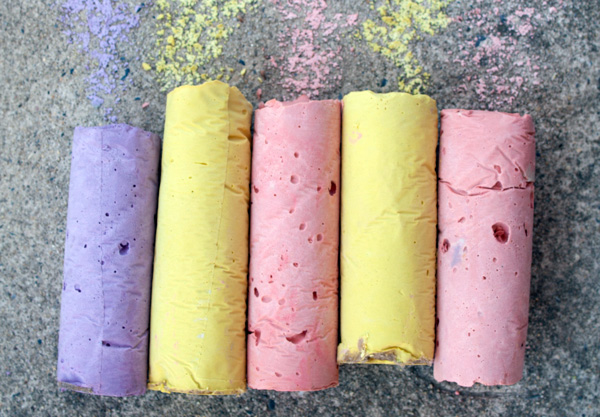
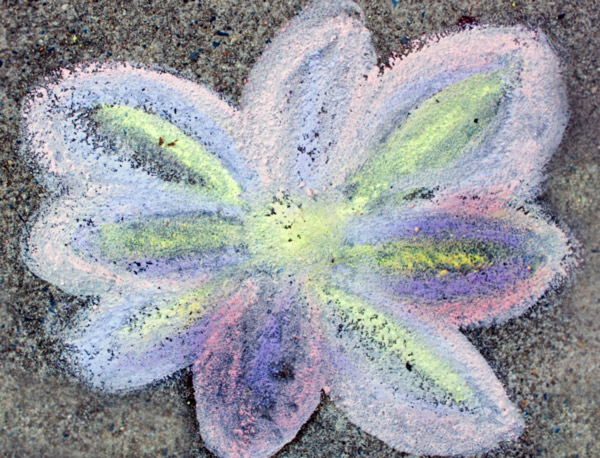
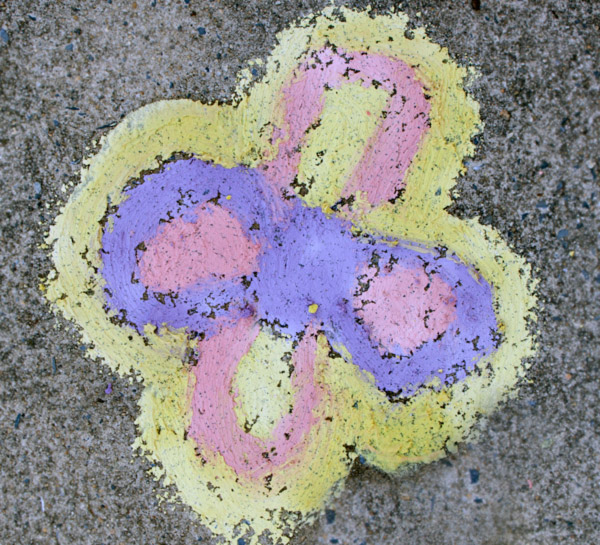
Materials:
- Tempera Paint
- Plaster of Paris
- Water
- Paper Towel Rolls
- Wax Paper
- Duct Tape
- Ziplock Bags
- Scissors
- Tupperware container
Step 1: Create your mold. Cut your paper towel rolls into 5-inch sections and line the inside with wax paper. To seal, tightly tape one end of the roll.
Step 2: Mix your chalk blend. For easy cleaning, use your ziplock bag as your bowl. Combine 2-3 tablespoons of tempera paint with ½ cup of water. Next, add a ¾ cup of plaster of Paris to the mixture. Mix well.
Step 3: Fill your molds! Prop your molds in an upright position. Cut a small hole in the bottom corner of the ziplock bag and then fill the mold with the chalk blend by squeezing the contents down and out the hole. Gently tap the mold against the table to help the mixture settle evenly.
Step 4: Allow your chalk to dry at room temperature for 12-14 hours.
Ideas to take your sidewalk chalk art to the next level:
- Add a “dipping cup” to your sidewalk chalk activity. Dip chalk into a cup of warm water before using it to create smooth and vibrant artworks!
- Keep your children active by using your chalk to create a unique and fun obstacle course. Watch this video to spark your imagination.
- Use painter’s tape to create beautiful stained glass sidewalk chalk art! See examples here.
The More You Know:
When you create sidewalk chalk, you will experience science concepts of chemistry and exothermic reactions. Plaster of Paris gets its name from when this plaster was first created, in Paris, France. The key ingredient in the plaster is a mineral called gypsum. When mixed with water, a paste forms. The paste turns from a liquid (a substance that flows and takes the shape of its container) to a solid (a substance that is firm and has a definite shape) through an exothermic chemical reaction. An exothermic reaction is a chemical reaction that releases energy through light or heat. In this case, heat is released. It may seem that your chalk is drying out, but it would harden even if it were underwater! It is hardening because of the exothermic chemical reaction taking place. A great example are the underwater structures built with cement, which also goes through an exothermic reaction.
Learning and Discussion Questions:
1. Read this article posted by the Pittsburgh Post Gazette to learn the science behind sidewalk chalk!
2. Edgar Mueller is a German 3-D illusionist street painter. Mueller paints the streets just like you are with your chalk. Street artists use chalk or paint to create 3-dimensional paintings to trick the eyes of people walking by. Check out this link to explore his artwork!
3. Practice mixing colors with your chalk. Use this as an opportunity to investigate how combining primary colors (red, yellow, and blue) create secondary colors (green, orange, and purple). View color mixing ideas here.
Thank you to our sponsor, PNC Arts Alive!, for helping to make this video possible!

